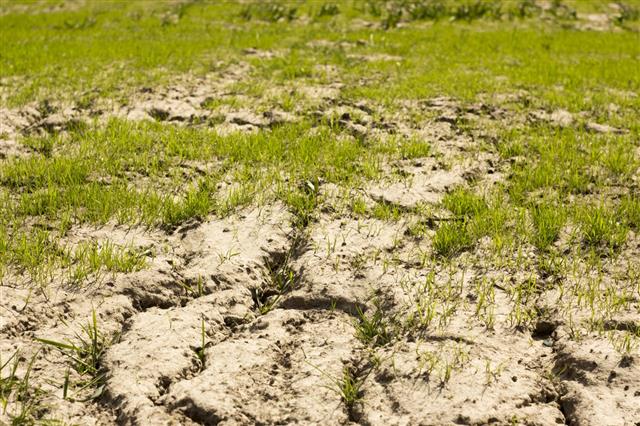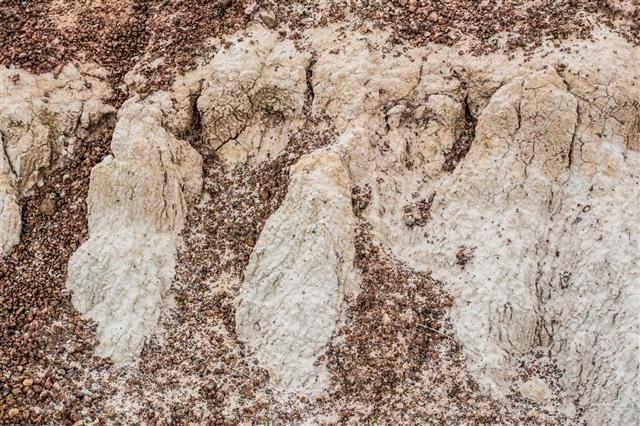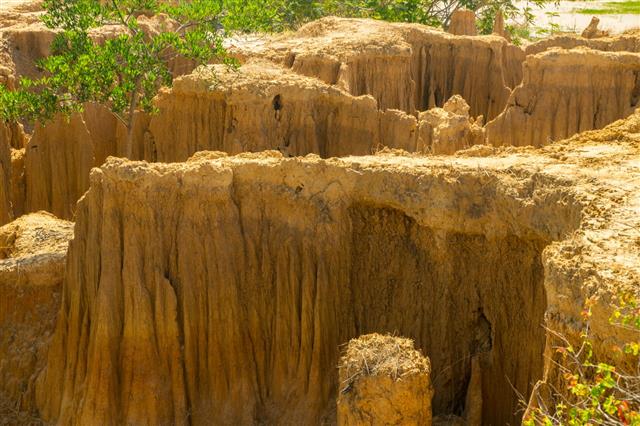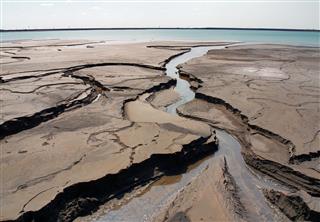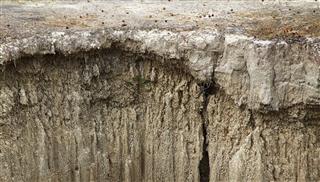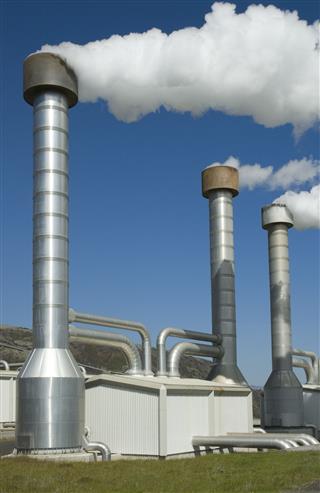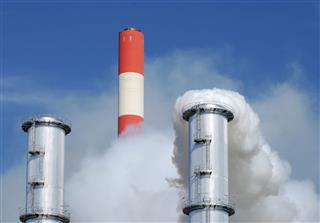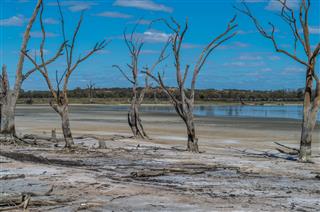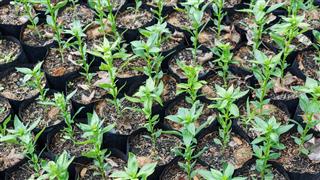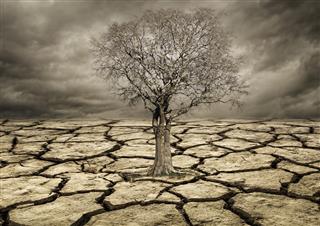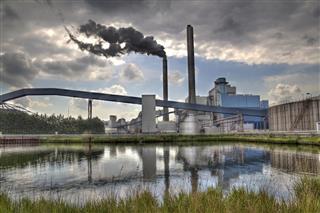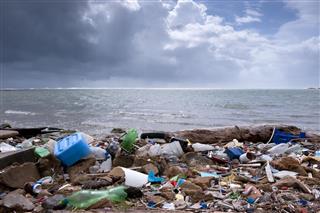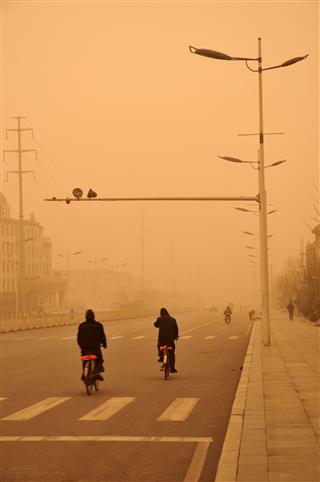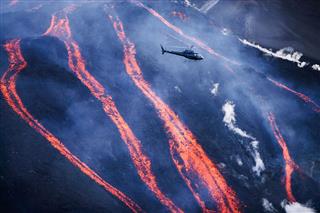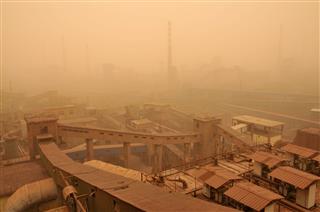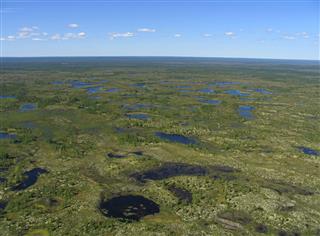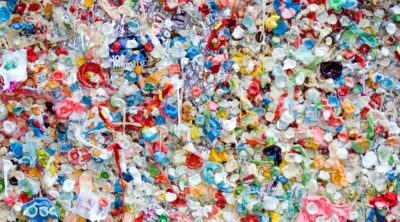
Since the beginning of the Industrial Revolution, our planet has been affected by an issue which is perhaps more grave than those like overpopulation, natural disasters, and even terrorism. Environmental pollution it is. It has affected the environment in an adverse and almost irreversible manner. Here we look at the three main types of pollution and their effects on living beings.
Technically speaking, environmental pollution can be defined as the addition of contaminants and harmful substances to the environment. The contaminants affect all living organisms including human beings. In the last three hundred years, especially in the 20th century, the Earth has endured many problems that have spoiled its environment. Overpopulation, increase in demand and supply of commodities, exploitation of natural resources, technological advancement, shortage of eco-friendly options, etc., are some of the main reasons for this global issue of pollution. In this century, the problem has magnified to such a large scale, that its total eradication has become impossible. We can only reduce its effects to some extent by taking some sensible steps, and by devising effective solutions. Pollution has certainly caused a permanent and irreparable damage to the Earth by affecting its environment, and undoubtedly, human beings are responsible for this.
Earth’s environment consists of four basic components:
Atmosphere– It is a layer of gases that envelope the Earth. The air we breathe is a part of the atmosphere.
Hydrosphere– It includes all the elements that are a part of the water bodies and their sources.
Lithosphere– It includes everything land-based; every minor and major constituent that exists on the Earth’s crust is included.
Biosphere– It includes all the living organisms that inhabit the planet.
The introduction of contaminants to the first three components affects the fourth component – the biosphere, in many different ways. The contamination of the atmosphere pollutes air, that of the hydrosphere pollutes water, and that of the lithosphere pollutes land. And these are the three major types of pollution.
The quality of the environment deteriorates in a myriad ways, due to the various harmful substances that pollute it.
Air Pollution
- The addition of harmful chemicals, particulate matter, aerosols, toxic and hazardous gases, and organic material to the atmosphere, is known as air pollution.
- Automobile and industrial exhausts play an important role in increasing this type of pollution, and they cause severe air quality degradation.
- Gases like sulfur oxides, nitrogen oxides, ammonia, methane, carbon dioxide, etc., are the ones that mainly contribute to air pollution.
- Sulfur oxides and nitrogen oxides are the main cause of acid rain, which can lead to massive destruction of crops, and also affect human and animal life. The former is released from vehicular exhausts, during industrial processes, and due to burning of fossil fuels like coal and petroleum, whereas, the latter is released during processes involving high temperatures (reaction of nitrogen and oxygen during combustion), and also when there is a discharge of electricity during thunderstorms. Acid rain is formed due to the interaction of these gases with the natural cloud formations, resulting in rain that is mixed with dilute amounts of sulfuric and nitric acid, which are hazardous to living organisms.
- Carbon monoxide is produced when there is incomplete combustion of fossil fuels like coal, wood, and natural gas. This pollutant causes severe respiratory problems, and being a strong reducing agent, it drastically reduces the oxygen percentage in the air.
- Chlorofluorocarbons (CFCs) are harmful chemical compounds which damage the ozone layer in the stratosphere, thereby causing the sun’s hazardous ultraviolet rays to reach the Earth’s surface. Older refrigerators and air conditioners released CFCs. Aerosol sprays like perfumes and body sprays release them.
- Particulate matter is responsible for many respiratory diseases. It consists of fine solid particles that are a result of various anthropogenic processes. Dust, soot, ash, asbestos particles, etc., are some examples of this category of pollutants. Smoke consists of particulates, which on mixing with fog, form smog. Formation of smog is a serious concern in the urban areas.
- Apart from these, other pollutants like radioactive elements, ammonia, methane, and secondary pollutants (PAN and ozone) also harm the atmosphere.
Water Pollution
- Harmful chemicals, gases, and waste products enter water bodies, and lead to contamination of water causing water pollution.
- Industrial wastes, untreated sewage, oil spills, toxic chemicals and compounds that are discharged from factories and refineries, and radioactive wastes are some other causes of water quality degradation.
- Untreated sewage drained into water bodies can affect the aquatic flora and fauna. It also leads to water-borne diseases like typhoid, cholera, and diarrhea.
- Oil spills caused due to shipwrecks, oil rig disasters, pipeline leaks, etc., damage the aquatic fauna. This mainly affects fish and other organisms living in water. Also, the process of cleanup is difficult and the costs involved are very high.
- Eutrophication causes water pollution wherein there is an increase in the nutrients needed by aquatic plants and animals. This causes a drastic drop in the oxygen level of water (anoxia), thus degrading the water quality and posing a risk to the aquatic life. An example of this is the rampant growth of water hyacinth in rivers and streams causing depletion of the oxygen content of water.
- Ground water pollution is caused due to the seepage of toxic chemicals and compounds like insecticides and pesticides, below its surface into the natural water-storing formations known as aquifers. This significantly degrades the water quality and can make it unfit for consumption. Groundwater pollutants also include disease-carrying pathogens, radioactive wastes, and leachates.
- Apart from this, toxic heavy elements like arsenic, zinc, cadmium, and even mercury, when introduced in water bodies, can severely affect the water quality.
Soil or Land Pollution
- A majority of the human population lives on land or the lithosphere. If a pollutant gets introduced in the lithosphere, it directly affects the surrounding environment, causing soil or land pollution.
- It impacts the entire food chain and thus turns out to be the most hazardous of all types of pollution.
- Untreated solid wastes like sewage, insecticides, pesticides, herbicides, litter contamination, slash and burn techniques, radioactive wastes, and mining activities lead to soil pollution.
- When inorganic and organic sewage is left untreated, it degrades the soil quality. Synthetic materials like plastic, nylon, thermocol, and other complex polymer compounds do not decompose for millions of years. They keep accumulating and there is no possible solution to this problem, except for treatment and proper disposal.
- Organic wastes, if left untreated, can form leachates and other harmful chemical compounds, causing extensive damage to the soil and its fertility. In such cases, the soil cannot be used for cultivation, unless the sewage is properly treated and disposed off in landfill areas.
- Improper use of pesticides, insecticides, herbicides, and fertilizers, can cause permanent or long-term damage to the agricultural land. Soil salinity drastically increases due to the use of chemical compounds on a large scale, and may cause it to become infertile.
- Nuclear detonations release a large amount of nuclear wastes that pollute the land and water bodies. The Chernobyl disaster, Hiroshima and Nagasaki nuclear explosions, and the recent Fukushima disaster, are well-known examples of such incidents.
- Improperly conducted mining activities can destroy the landscape of the area where they are undertaken. A barren wasteland results mostly due to mining activities, and is also considered as a form of land pollution.
- Apart from the above-mentioned sources, electronic wastes, acid rain, deforestation, rampant urbanization, and open defecation lead to land pollution.
Earth is the only planet capable of sustaining life. And that underlines the importance of maintaining it in a state conducive to living. Though we may not be able to eradicate pollution in totality, we can surely take concrete steps towards reducing it. Knowledge of the various types of pollution is crucial to mankind’s fight against this menace.
